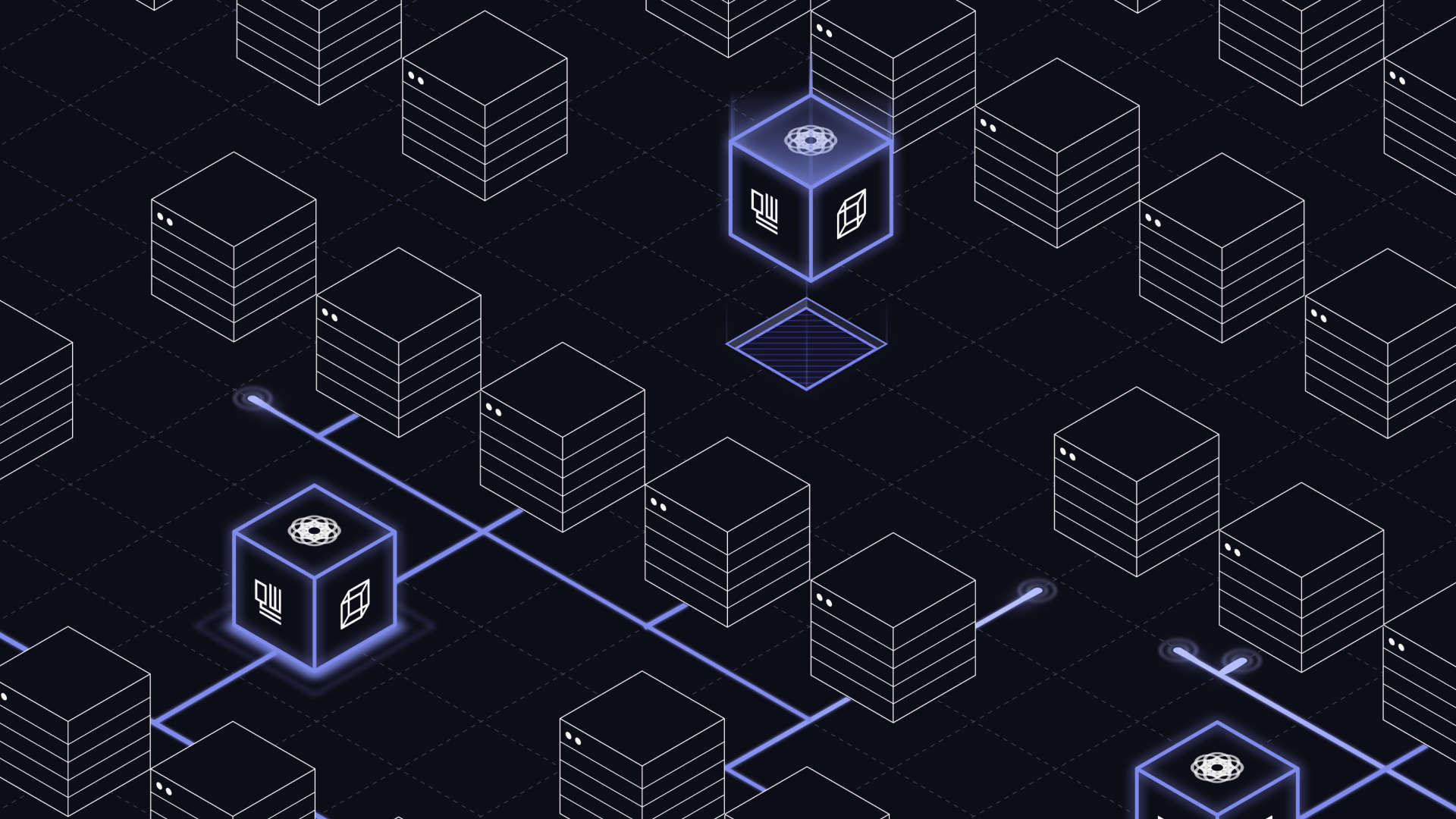Accelerate quantum R&D with Boulder Opal toolkits

Research teams building the future of quantum technology have to overcome tremendous challenges in hardware stability in order to deliver the new scientific insights and technical capabilities they’re targeting. It’s hard enough to access the fine details of a device operating in the quantum regime - the burdens of hardware instability and onerous manual tuneup add complexity that can stifle progress. How a team deals with these tasks can make-or-break a research effort.
Boulder Opal, our flagship quantum control software provides a versatile toolset that empowers R&D teams to build and study quantum technologies through automation and optimization of hardware performance. It allows you to achieve better results and save massive amounts of time by creating error-robust controls, simulating complex dynamics, characterizing hardware and automating calibration at scale with the powerful and validated AI techniques.
Now, to help you move faster by reducing your coding tasks, we’re happy to introduce Boulder Opal toolkits. Built on top of Boulder Opal’s powerful functions and graph operations, these toolkits are designed with the end-user in mind by helping quantum researchers to simplify their projects and reduce the amount of code required by up to 60%.

Use the toolkits to simplify solution development and implementation for various hardware platforms as well as hardware agnostic tasks, including dynamic simulation, control design, system identification, and hardware automation.
"The toolkits condensed a lot of the lower level code into some higher level methods, which for a new user would be pretty useful for helping understand and get an idea of the workflow.”
Kevin He, PhD Student at the University of Chicago
The toolkits introduce three main types of predefined operations to enable simpler and faster setup for:
- Hardware-specific tasks
- Hardware-agnostic tasks
- Simplified graph construction
Hardware-specific tasks
In many hardware systems there are common elements in control tasks - like Hamiltonian terms that appear repeatedly. To save you time and to speed up development, we’ve built operations to simplify common calculations on particular hardware systems. These operations allow you to describe the systems in terms of familiar physical concepts and call powerful Boulder Opal operations behind the scenes so you can do more with less code.
- Superconducting systems: Simulate and optimize controls for a system composed of transmons and cavities.
- Trapped ions: Streamline the workflow of simulating and optimizing controls on trapped-ion systems leveraging Mølmer-Sørensen type interactions.
👉 Expanded toolkit capability is coming to other quantum systems in the near future!
Hardware-agnostic tasks
AI driven closed-loop optimization
Boulder Opal’s closed-loop optimization can directly integrate with your experiment and improve performance by autonomously calibrating hardware or designing new controls without the need for theoretical models that often miss the imperfections present in real hardware. It deploys AI agents to intelligently automate key tasks that are repetitive and time consuming.
Through an iterative feedback loop and learning process, the optimizer produces new test points as inputs for your experiments and consumes the returned results in order to minimize a cost function until predefined ending conditions are met.

Our closed-loop optimization engine is hardware agnostic and extremely useful when there is noise or other uncertainty present in your system. Our customers have used it on a range of devices across many different tasks - from state preparation and error-robust control design in superconducting circuits to signal-generator calibration and even PID-loop tuneup for atomic systems!
We've now added a toolkit to streamline the workflow of setting up and running experimental closed-loop optimizations in Boulder Opal with a single command.
System characterization
Many key research tasks require the quantification of system parameters (like coupling rates) or the identification of Hamiltonian terms. Boulder Opal already has a powerful set of tools for system identification that are described in our user guides.
Now we’ve built a new toolkit function to make it easy to evaluate the precision of estimated parameters identified in your workflows by calculating their confidence regions. This gives additional insight enabling you to better model, redesign or control your devices!
Simplified graph construction
Computational graphs offer a flexible and powerful way to represent quantum systems and perform computations such as dynamic simulation or constrained optimization. Graphs represent operations or signals as nodes, and edges connect these nodes to represent the flow of data in a computation.
The example below shows a computational graph representing the problem of how to design controls that are robust to noise processes. The computational task is to minimize infidelity within constraints imposed by user-defined Hamiltonian, while obeying realistic experimental constraints such as bandwidth limits in transmission lines (filtering).
Executing computations using this graph will involve calculation of quantum dynamics (simulation) and structured, iterative search for suitable solutions (optimization).

The toolkits offer a set of convenience graph operations that streamline the process of defining your graph to simulate and optimize arbitrary quantum systems.
We have now introduced graph nodes to help you create and filter optimizable piecewise-constant signals that can be passed to your graph to solve complex control optimization problems.
If you would like to use a predefined pulse as the basis of your simulation or optimization, the toolkits equip you with a library of pulse functions to make it easier for you to create common control signals that can be used for graph based computation and closed loop optimization which also can be easily exported to external quantum hardware backends.
Try out Boulder Opal toolkits
Start your Boulder Opal free trial today and get in touch with our expert team to accelerate your quantum research.
You can also visit our documentation to learn more about Boulder Opal.



